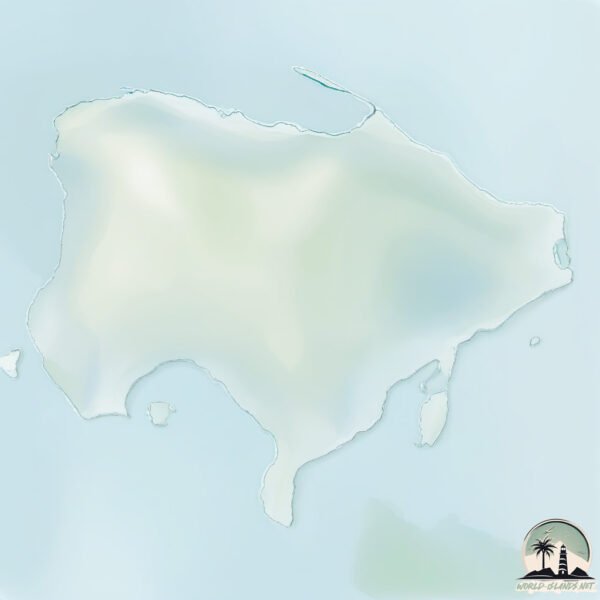Jerba

Welcome to Jerba, a Dry island in the Mediterranean Sea – Eastern Basin, part of the majestic Atlantic Ocean. This guide offers a comprehensive overview of what makes Jerba unique – from its geography and climate to its population, infrastructure, and beyond. Dive into the details:
- Geography and Size: Explore the island’s size and location.
- Climate and Weather: Weather patterns and temperature.
- Topography and Nature: Uncover the natural wonders of the island.
- Infrastructure and Travelling: Insights on reaching, staying, and making the most of your visit.
- News and Headlines: Latest News.
Geography and size of Jerba
Size: 510.3 km²
Coastline: 161.1 km
Ocean: Atlantic Ocean
Sea: Mediterranean Sea – Eastern Basin
Continent: Africa
Jerba is a Large Island spanning 510 km² with a coastline of 161 km.
Archipel: –
Tectonic Plate: Africa – One of the world’s largest tectonic plates, covering the African continent and parts of the surrounding oceans, known for its stability with some active rift zones.
The geographic heart of the island is pinpointed at these coordinates:
Latitude: 33.79303645 / Longitude: 10.87954396
Climate and weather of Jerba
Climate Zone: Dry
Climate Details: Hot Deserts Climate
Temperature: Hot
Climate Characteristics: Dominated by extremely hot temperatures, this climate is marked by minimal rainfall and barren landscapes. Nights often experience drastic temperature drops.
Topography and nature of Jerba
Timezone: UTC+01:00
Timezone places: Europe/Paris
Max. Elevation: 45 m
Mean Elevation: 13 m
Vegetation: Sparse Vegetation
Tree Coverage: 7%
The mean elevation is 13 m. The highest elevation on the island reaches approximately 45 meters above sea level. The island is characterized by Plains: Flat, low-lying lands characterized by a maximum elevation of up to 200 meters. On islands, plains are typically coastal lowlands or central flat areas.
Dominating Vegetation: Sparse Vegetation
These regions have limited plant growth, typically due to extreme conditions like aridity or poor soils. Vegetation is scattered and consists of hardy plant species. Jerba has a tree cover of 7 %.
Vegetation: 13 vegetation zones – Exceptionally Diverse Island
Islands with more than ten vegetation zones are among the most ecologically rich and varied in the world. These islands are akin to miniature continents, boasting an incredible array of ecosystems. The sheer range of habitats, from high peaks to deep valleys, rainforests to deserts, creates a mosaic of life that is unparalleled. They are crucial for conservation and ecological studies.
Infrastructure and Travelling to Jerba
Does the island have a public airport? yes.
Jerba has a public and scheduled airport. The following airports are located on this island: Djerba Zarzis International Airport.
Does the island have a major port? yes.
Jerba is home to a major port. The following ports are situated on the island: HOUMT SOUK.
The mean population of Jerba is 353 per km². Jerba is Moderately Inhabited. The island belongs to Tunisia.
Continuing your journey, Melitta is the next notable island, situated merely km away.
Djerba 4K - Tunisia Summer



Tunisia is classified as Developing region: Regions characterized by lower income levels, with economies in the process of industrialization and modernization. The level of income is Upper middle income.
News – Latest Updates and Headlines from Jerba
Stay informed with the most recent news and important headlines from Jerba. Here’s a roundup of the latest developments.
Please note: The data used here has been primarily extracted from satellite readings. Deviations from exact values may occur, particularly regarding the height of elevations and population density. Land area and coastline measurements refer to average values at mean high tide.
